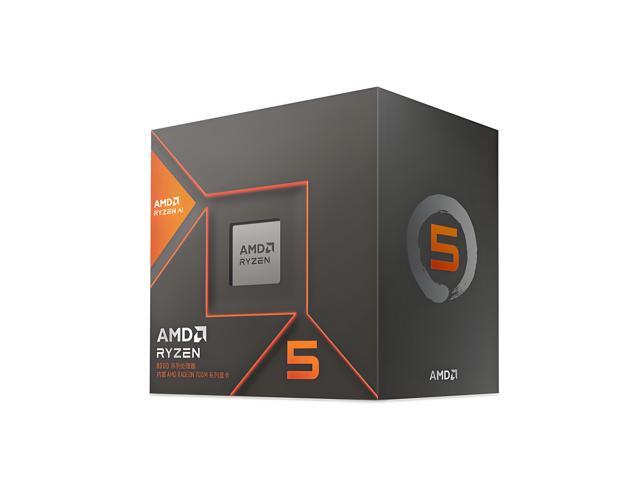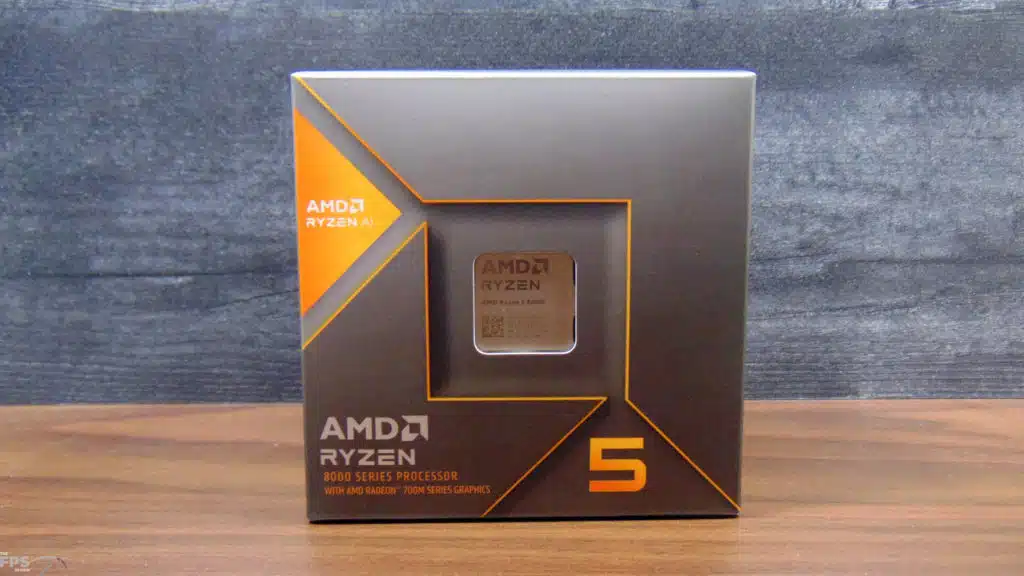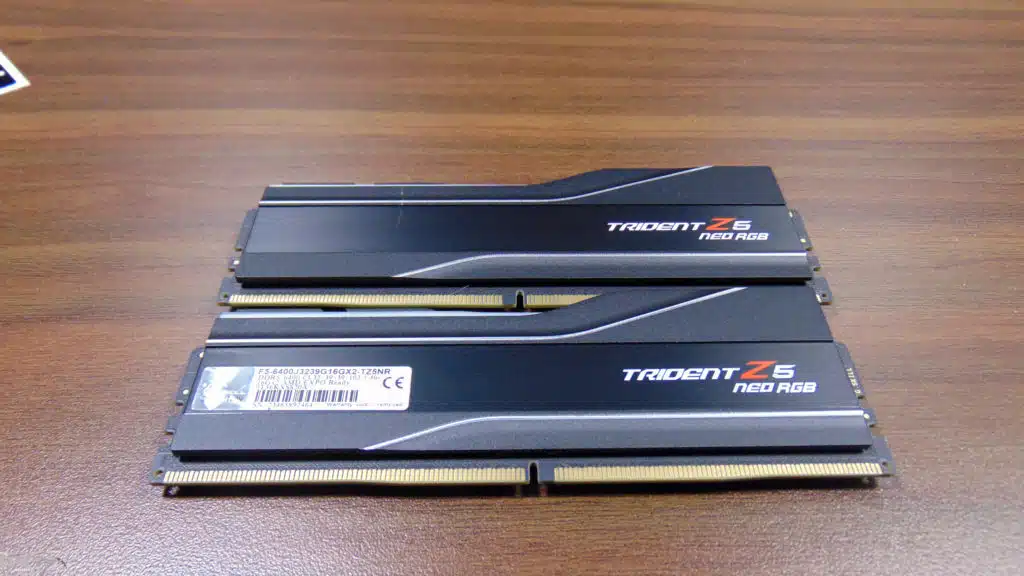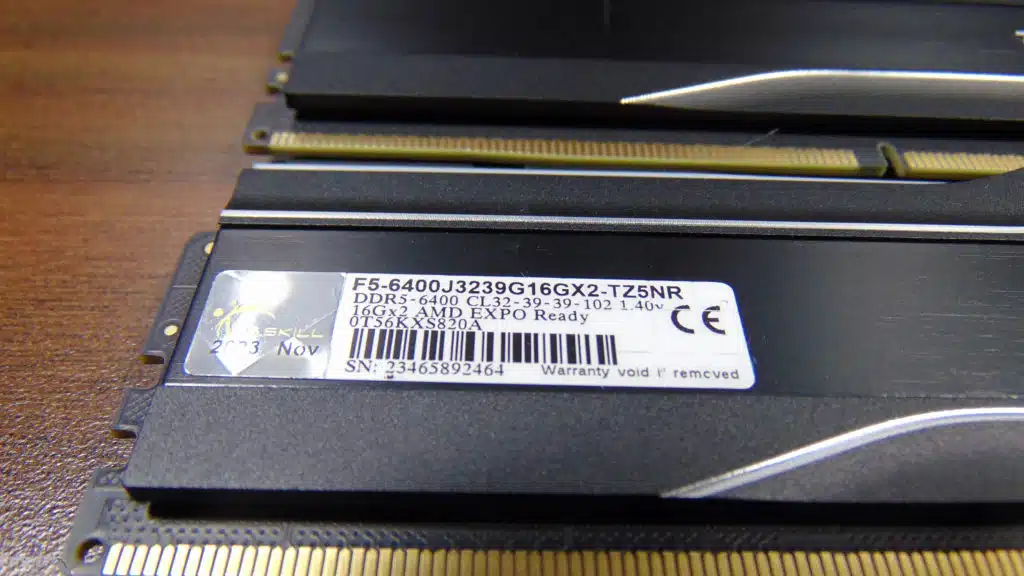
Introduction
AMD Ryzen 7 8700G and Ryzen 5 8600G APUs iGPU performance tested in 17 games at 1080p between Low and High game settings, as well as FSR performance, all versus the Ryzen 7 5700G! Welcome to our full game performance review of the Ryzen 7 8700G and Ryzen 5 8600G APUs, testing the onboard graphics performance in games, where we focus on gaming performance delivered with the new RDNA 3 graphics APUs. We’ve got a full lineup of gaming tests across 17 games, testing Low, Medium, High, and Ultra game settings at 1080p and we even enable FSR upscaling to factor that into the gameplay experience provided.
With these gaming-focused benchmarks, we should be able to nail down the kind of experience you can expect out of the integrated graphics performance while gaming. We will compare all of this versus the previous generation Ryzen 7 5700G based on Vega graphics so that we can see the performance uplift from APU generation to APU generation. With FSR included in each game that is supported, we can also see how upscaling is factored into providing better performance and latency improving the gameplay experience at 1080p with integrated graphics.
Our AMD Ryzen 8000G series APU gaming benchmarks today also reflect a new beta motherboard BIOS which fixes the AMD STAPM issue (Skin Temperature Awareness Power Management) that has been reported on these new desktop APUs. The AMD STAPM issue is fixed! Now we can see the full potential of performance for the onboard integrated graphics performance.
AMD Ryzen 8000G APU Series

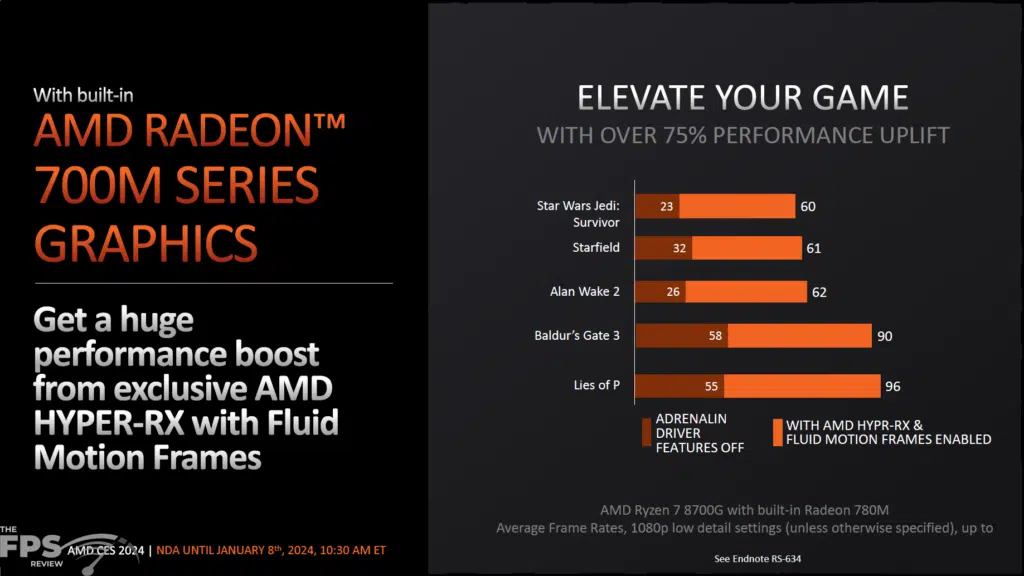
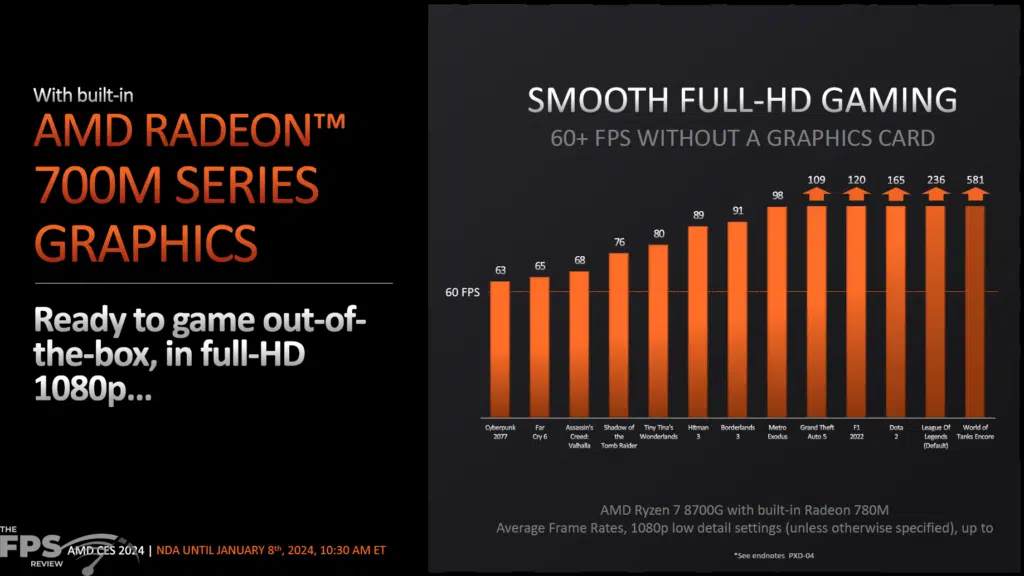
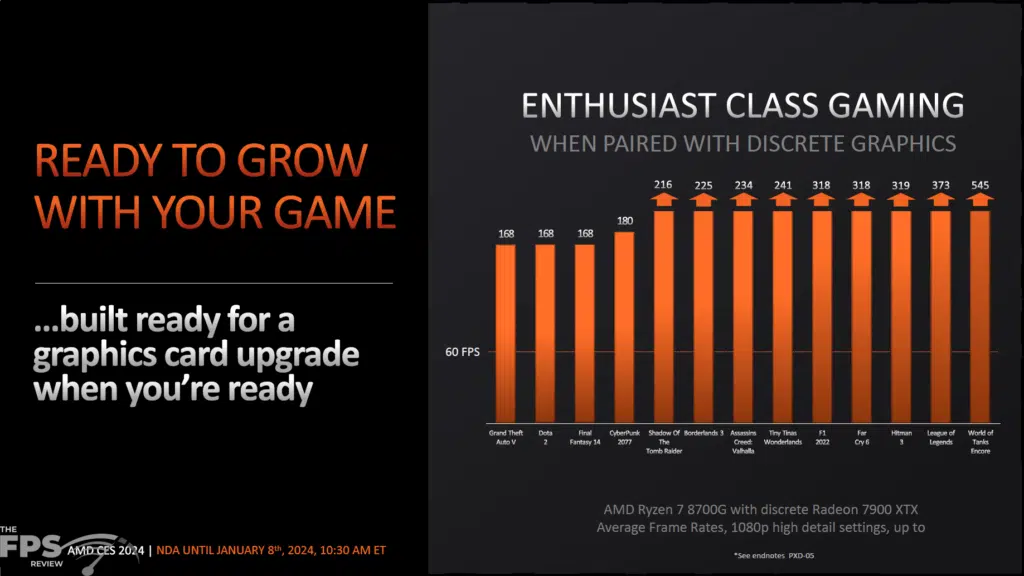

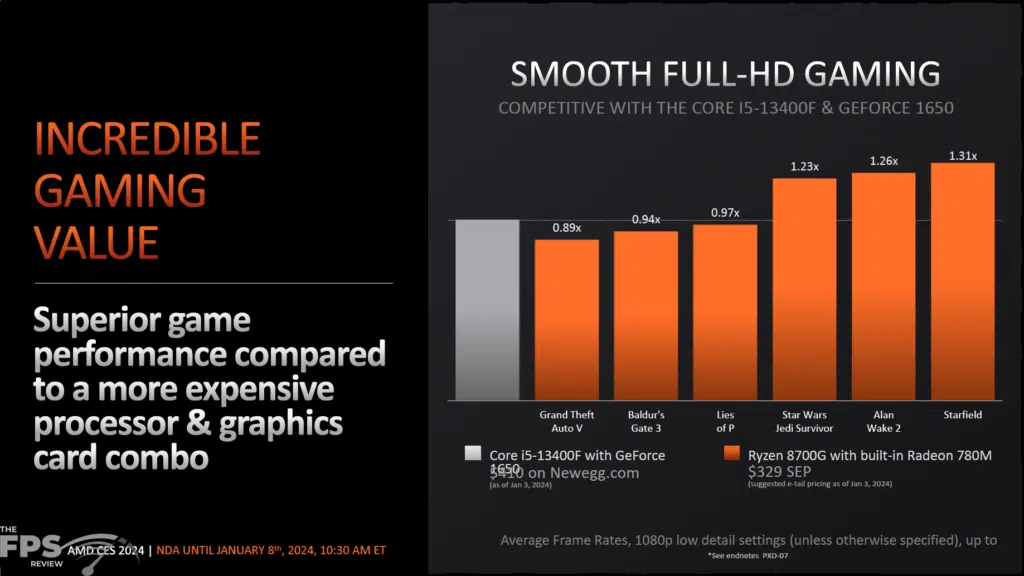
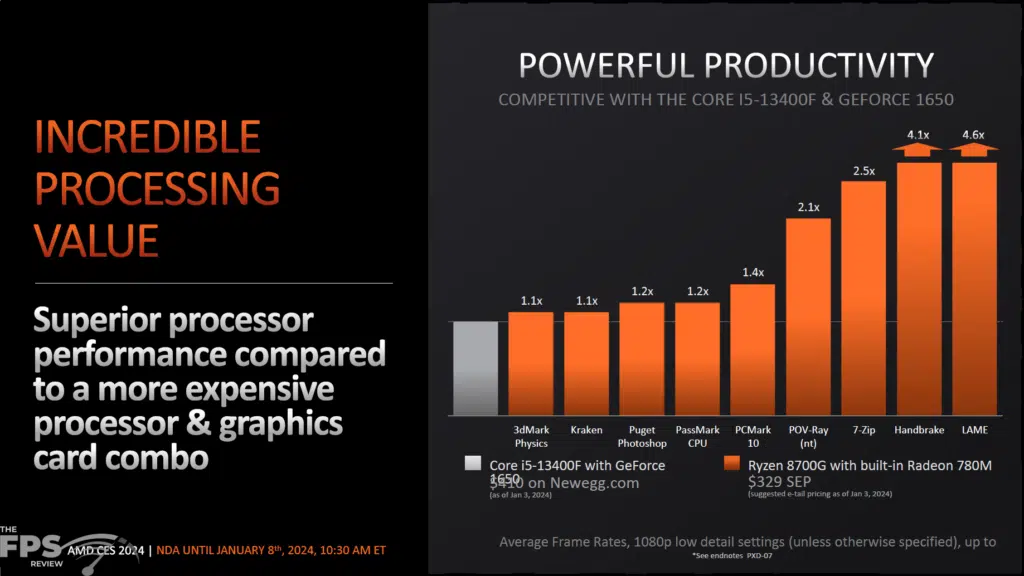

In this article, we are primarily interested in the onboard integrated graphics performance based on the RDNA 3 architecture in the AMD Ryzen 8000 G-Series Desktop Processors with Radeon Graphics. All of the Ryzen 8000G series APUs use the integrated AMD Radeon 700M series mobile graphics (also called Phoenix), which again is based on the latest RDNA 3 architecture also found in the Radeon RX 7000 series discrete GPUs.
This means that feature set wise, the Radeon 700M mobile integrated graphics support all the same features, such as the latest DX12 and Vulkan capabilities, as well as Ray Tracing and of course FSR upscaling and even AMD Fluid Motion Frames and FSR3 support. In addition, you get AV1 decoding and encoding as well as DisplayPort 2.1 and all the features from the AMD Radeon Adrenalin software suite.
There are even some features that only the Ryzen 8000G APUs have, such as a dedicated NPU for AI processing, which means now AMD has a desktop CPU solution with an onboard NPU.


At the top-end, the AMD Ryzen 7 8700G uses the AMD Radeon 780M graphics on board. The Ryzen 7 8700G is an 8-core/16-thread CPU based on the Zen 4 architecture with a max boost of up to 5.1GHz, 24MB of cache, and a 65W TDP for $329 SEP. Below that, the AMD Ryzen 5 8600G uses the AMD Radeon 760M graphics and is a 6-core/12-thread CPU based on the Zen 4 architecture with a max boost of up to 5GHz, 22MB of cache, and a 65W TDP for $229 SEP. These are the two APUs we are testing gaming performance in this review.
The AMD Radeon 780M inside the Ryzen 7 8700G is a 12 Compute Unit configuration, which means it has 768 Shader Processors, 48 TMUs, 16 ROPs, and 12 RT Cores. The default GPU clock speed is set at 2900MHz and of course, it operates on the same memory bandwidth and capacity as your main system RAM, in this case, DDR5 for this platform.
The AMD Radeon 760M inside the Ryzen 5 8600G is an 8 Compute Unit configuration, which means it has 512 Shader Processors, 32 TMUs, 8 ROPs, and 8 RT Cores. The default GPU clock speed is set at 2800MHz and of course, it operates on the same memory bandwidth and capacity as your main system RAM, in this case, DDR5 for this platform.
In this review, we are comparing against AMD’s last generation APUs, namely the top-end part, the AMD Ryzen 7 5700G. The Ryzen 7 5700G is based on AMD’s AM4 platform and Zen 3 architecture with 8-cores/16-threads. The integrated graphics on board the Ryzen 7 5700G are quite ancient, however, they are based on AMD’s Radeon Vega series, specifically Vega 8.
Radeon Vega 8 is an 8 Compute Unit configuration with 512 Shader Processors, 32 TMUs, 8 ROPs, and a default GPU clock speed of 2000MHz. This series did not support Ray Tracing and is very limited in feature set compared to RDNA, for example no support for mesh shaders either. Since this is a DDR4 platform, it has access to slower memory as well.
AMD Ryzen 7 8700G and Ryzen 5 8600G Pictures
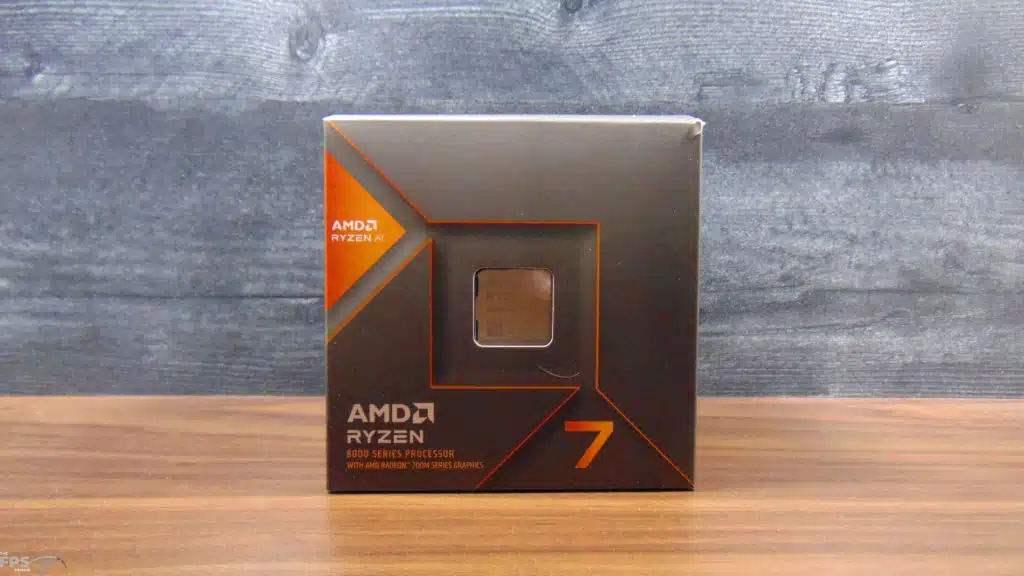


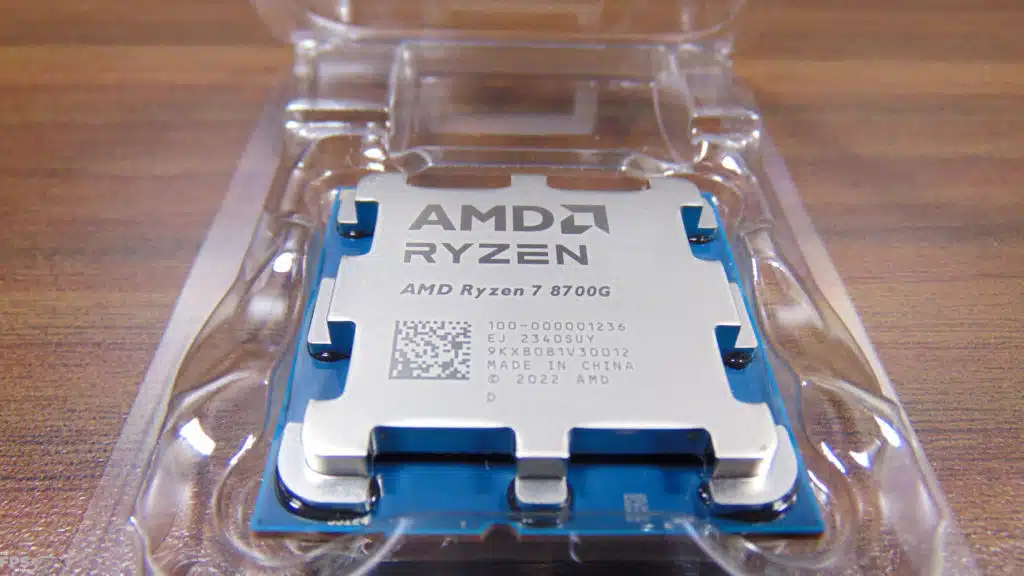
The AMD Ryzen 7 8700G comes in a bigger box because it includes a thick AMD Wraith SPIRE heatsink and fan in the box, saving you cost. Otherwise, the APU is the same size and shape as any other AM5 platform-based Zen 4 CPU. It fits into the AM5 socket quite well, and you can attach any cooler to it if you wish.
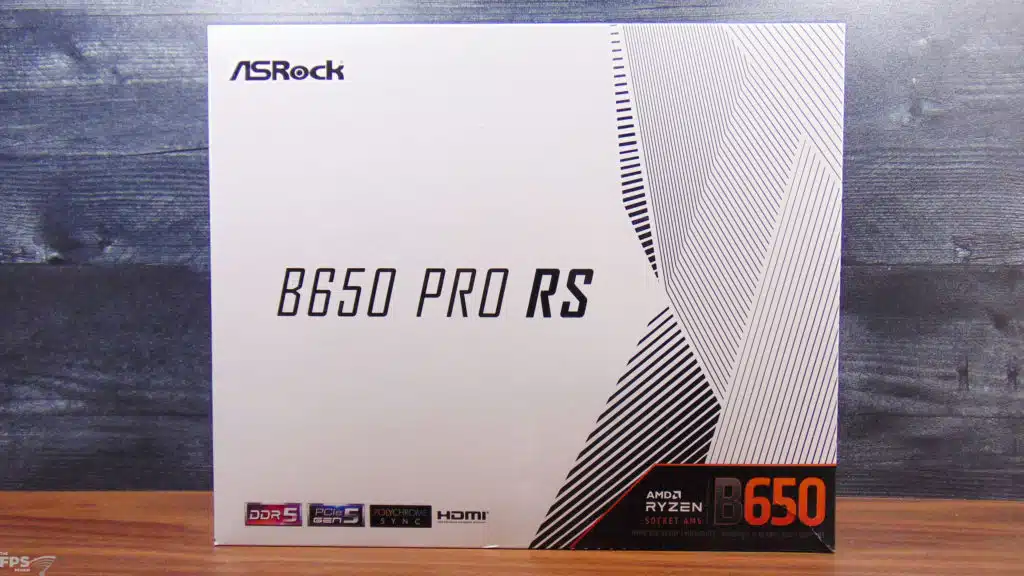
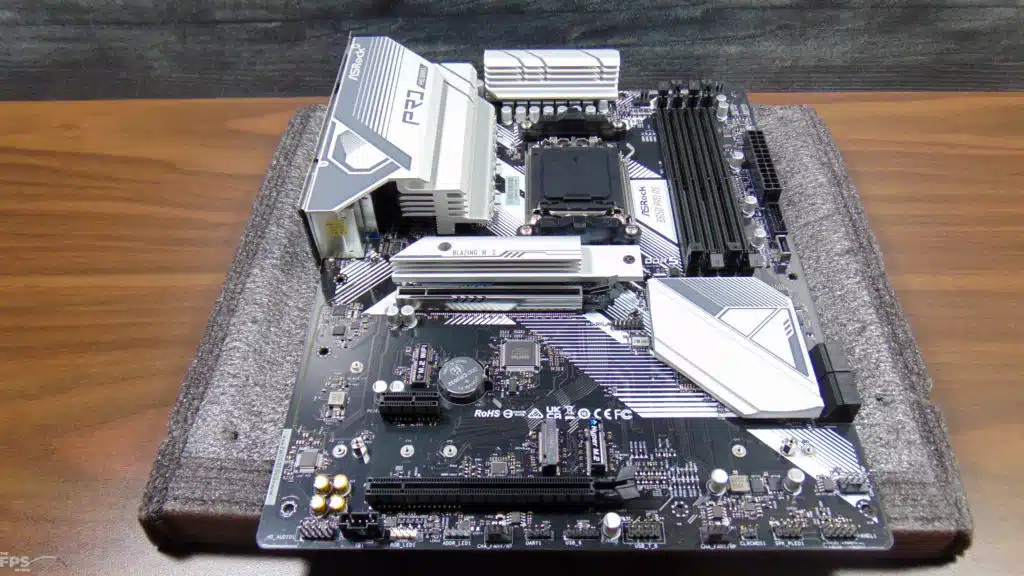
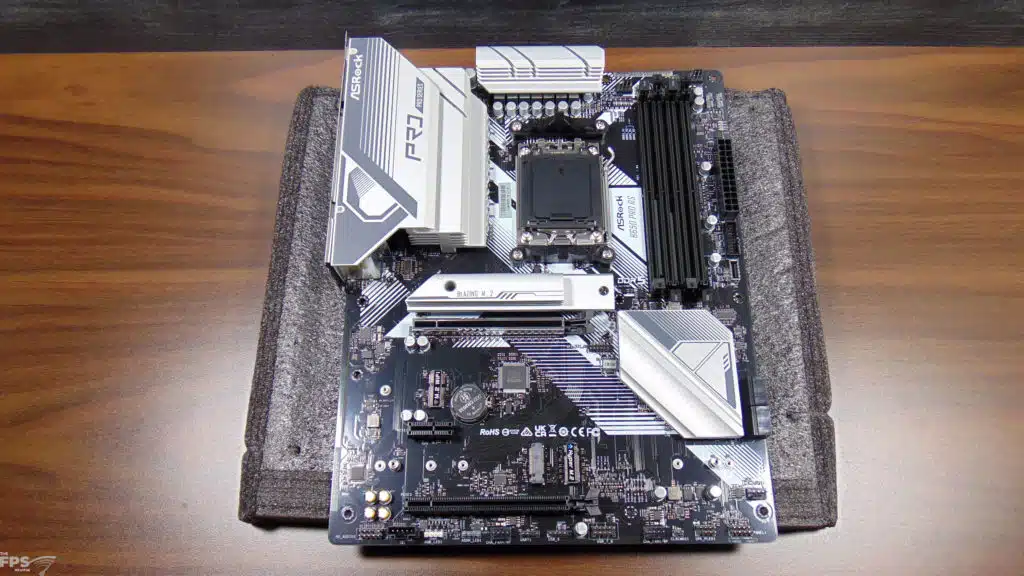
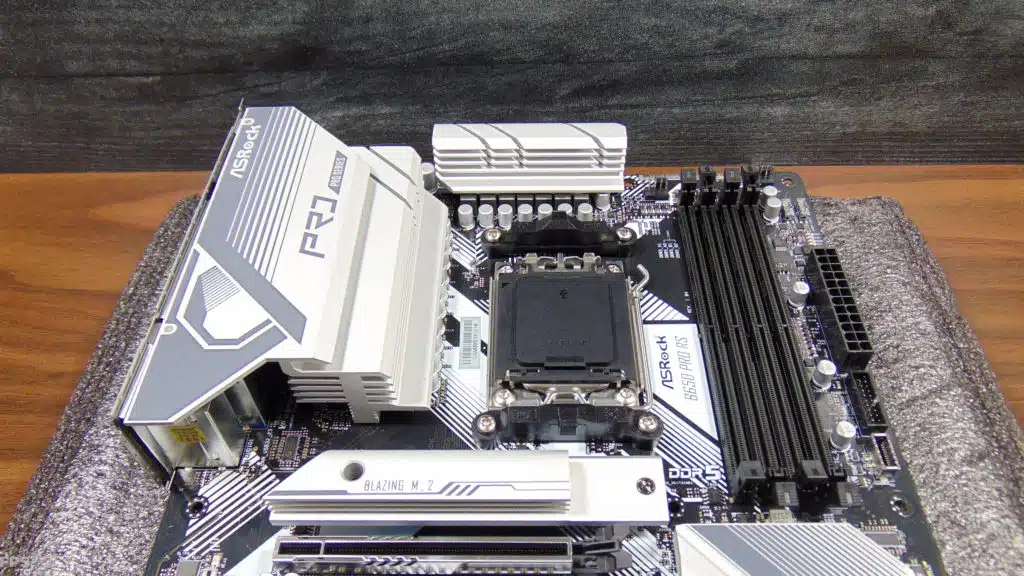

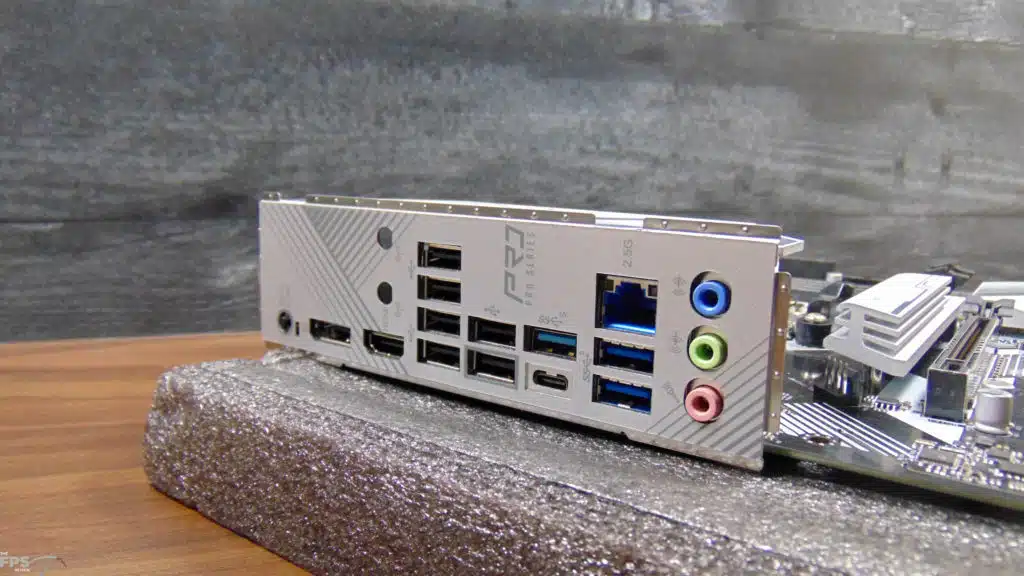
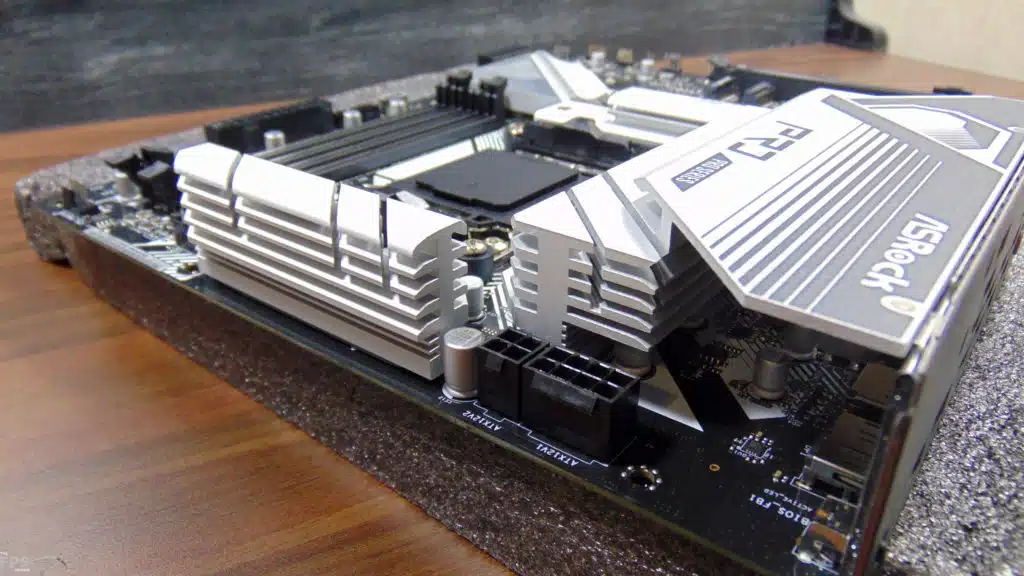
To pair our Ryzen 8000G series APUs with what will be a more affordable motherboard and platform that is most likely to be used with them, we are using an ASRock B650 PRO RS motherboard. This specific motherboard is $139 on NewEgg currently, fitting the price point of the Ryzen 8000G series APUs quite well as a good pairing. There is a WIFI version of this motherboard for $149 as well.
The AMD B650 chipset is on the lower end of chipsets from AMD, right below the B650E but above the A620 (spec differences shown here). It does have more limited PCI-Express support, but the Ryzen 8700G and 8600G do not support PCIe Gen5 anyway. This motherboard will not hold back gaming performance or CPU performance, so it’s a good option in this price range.


